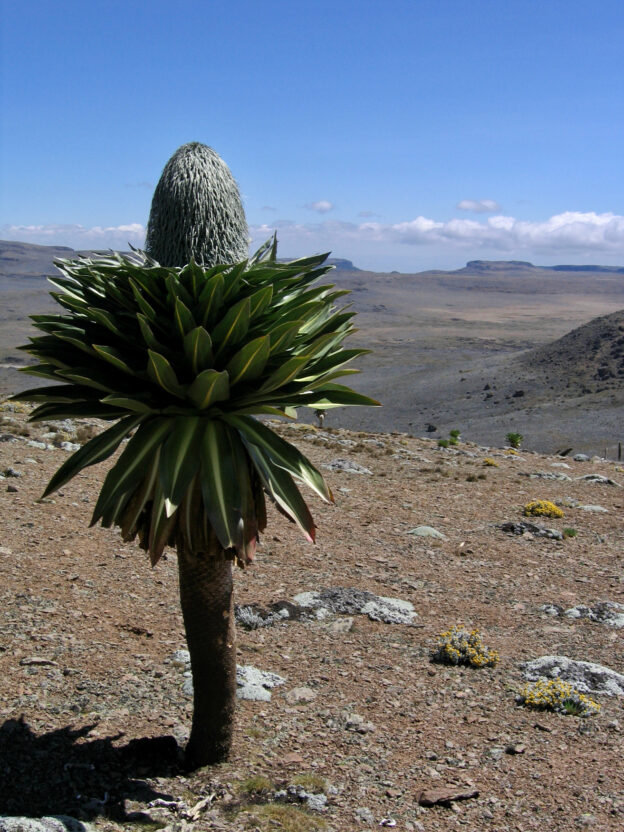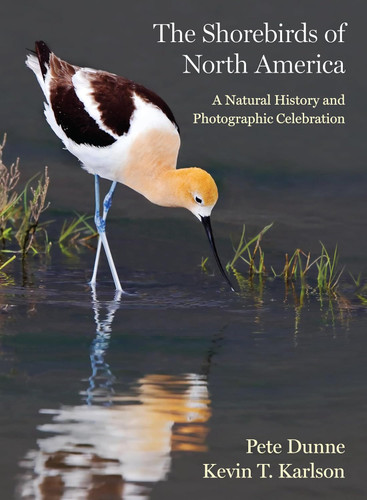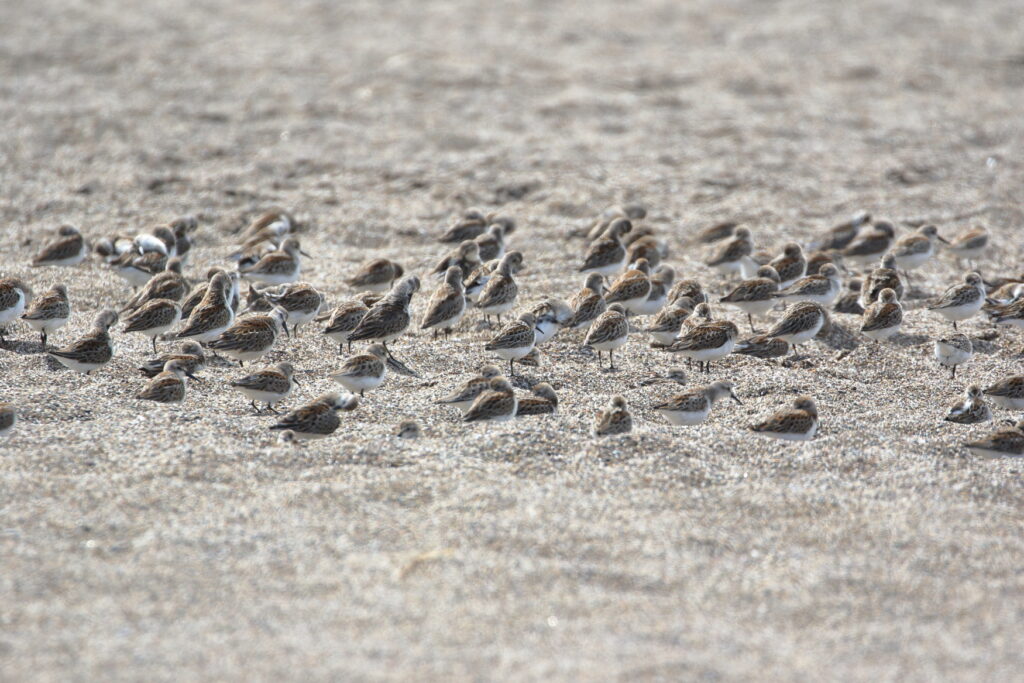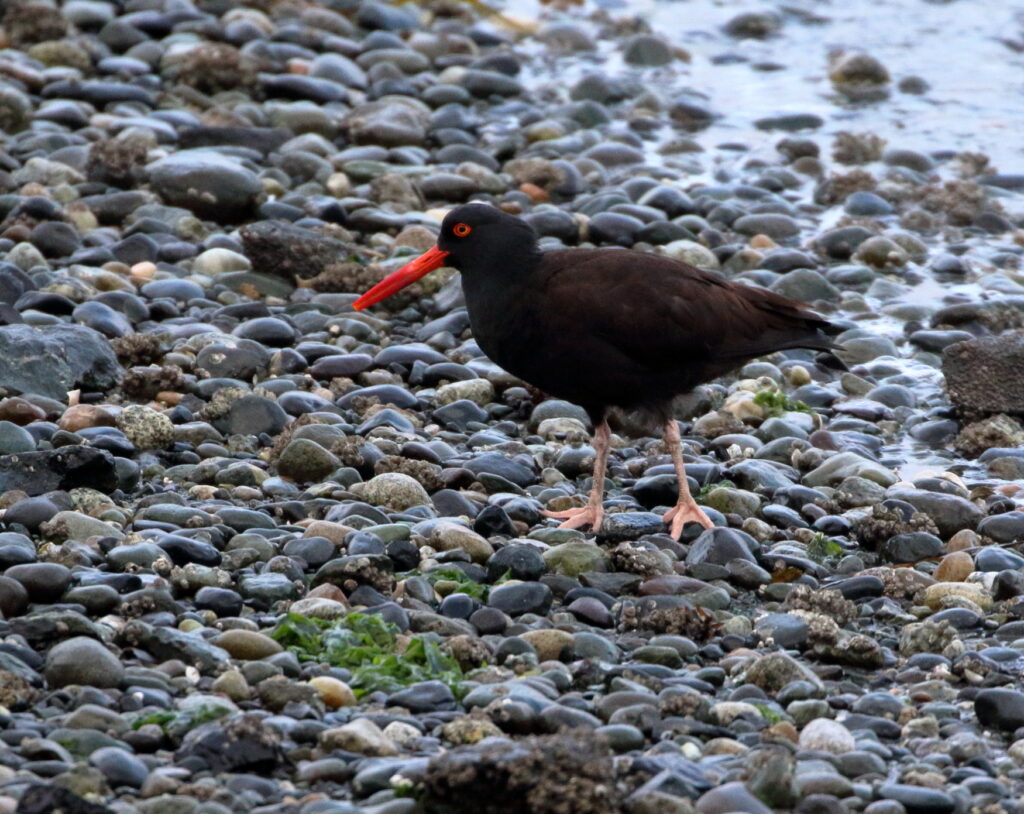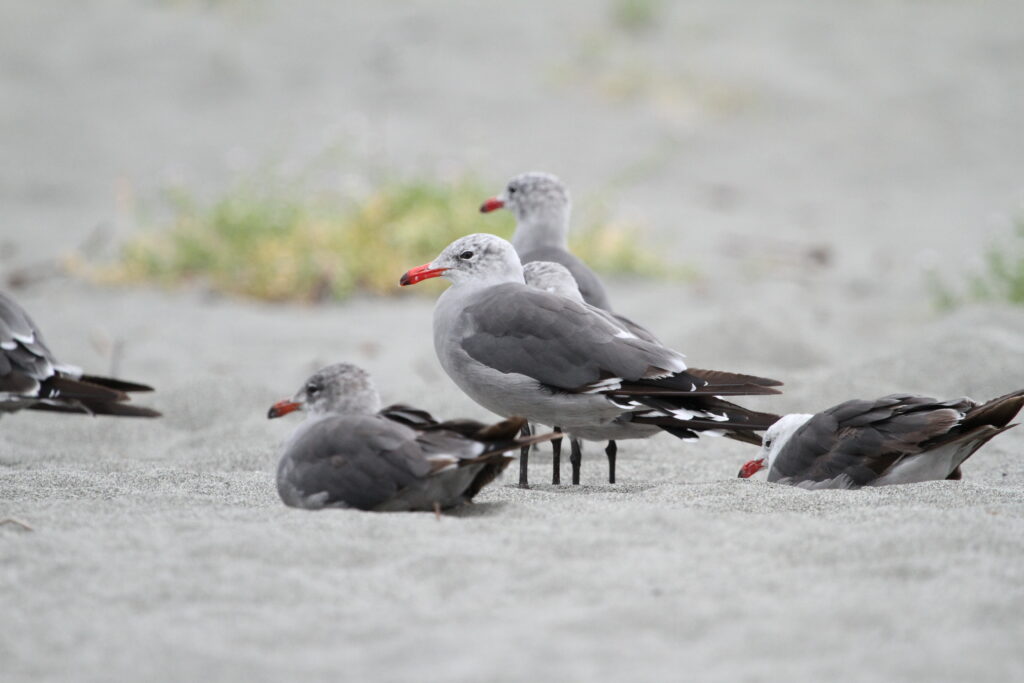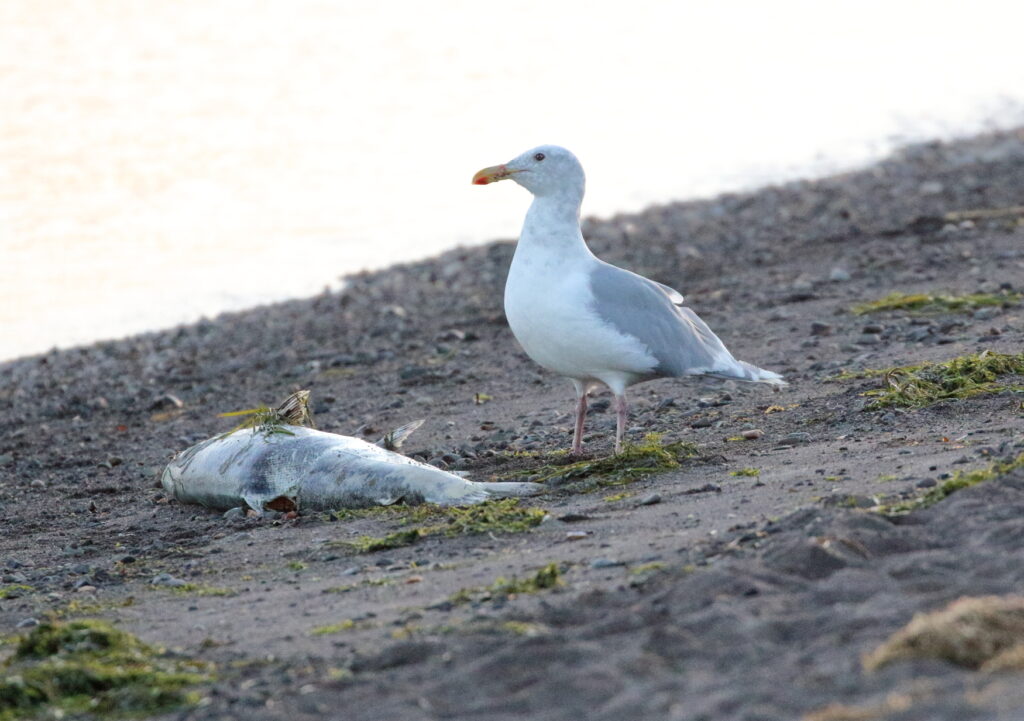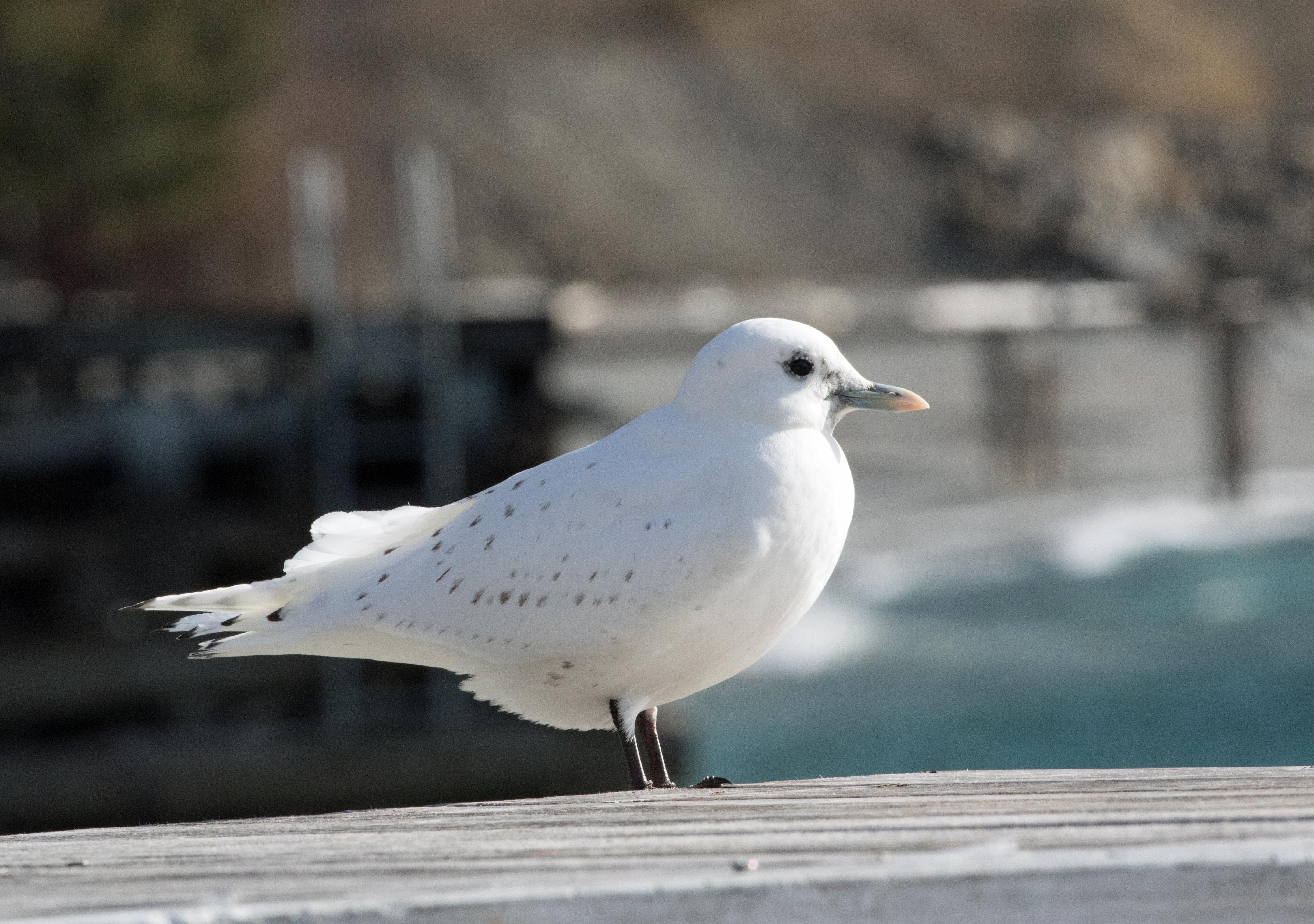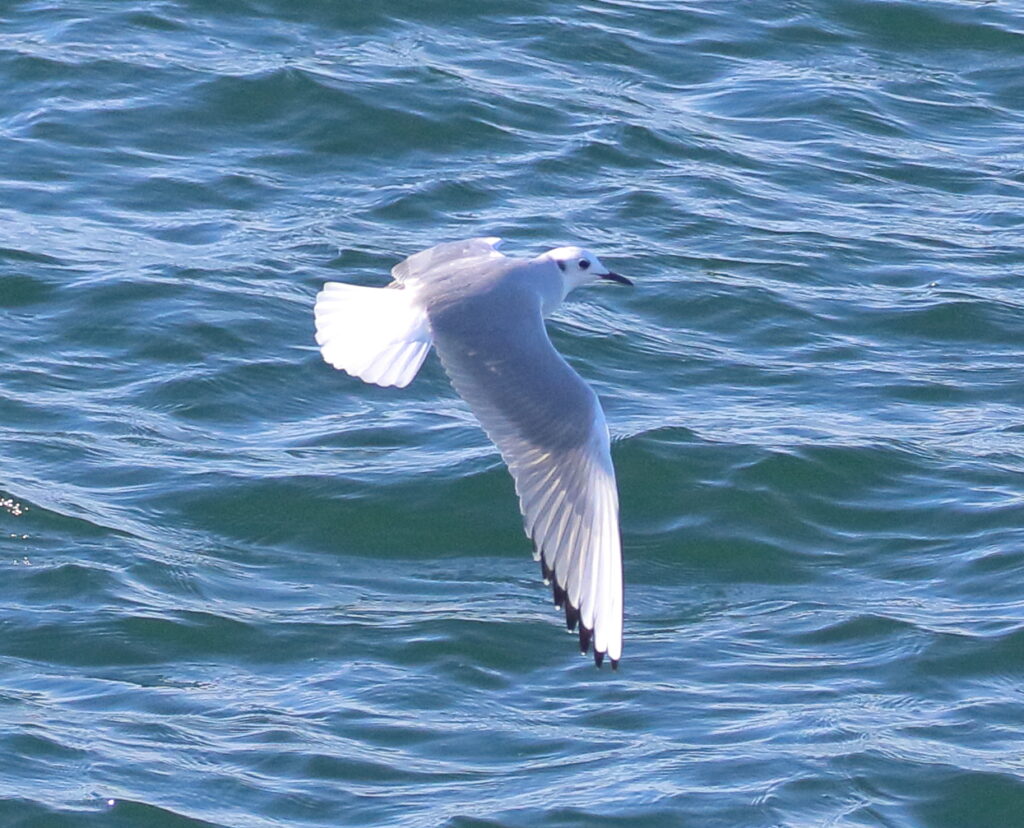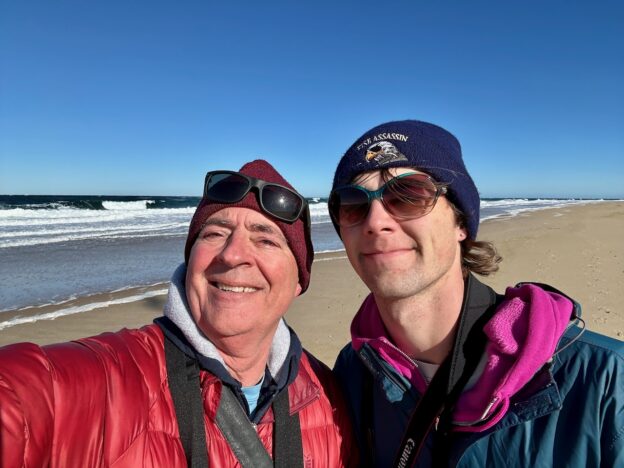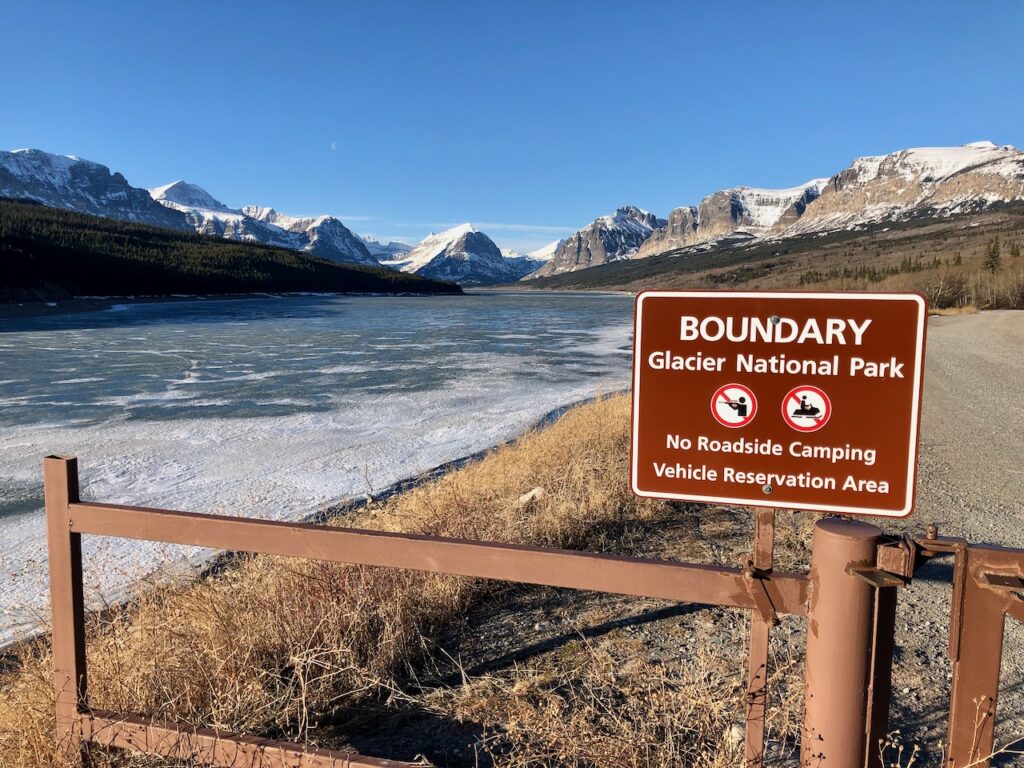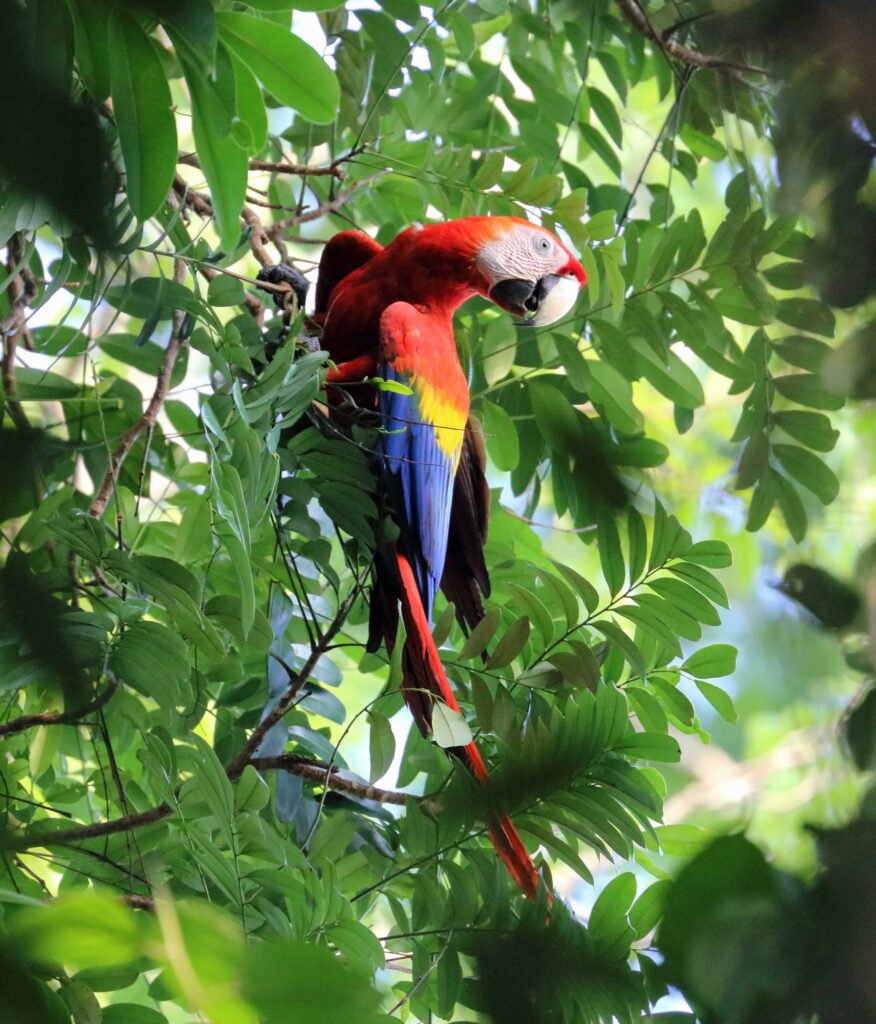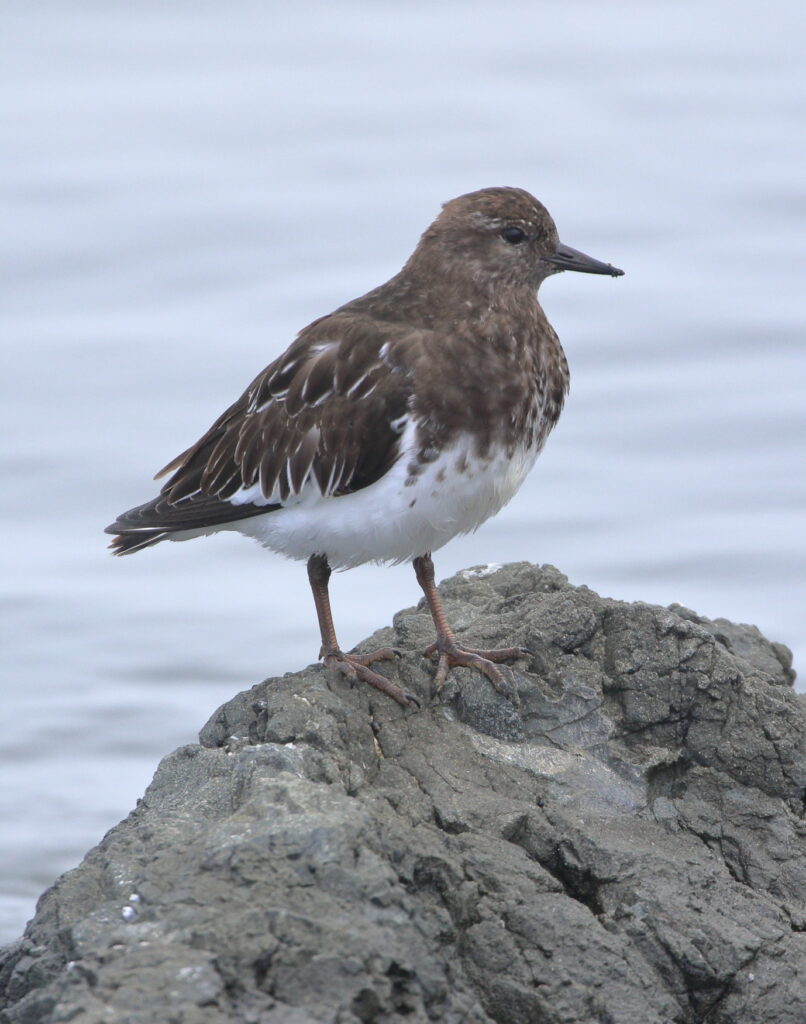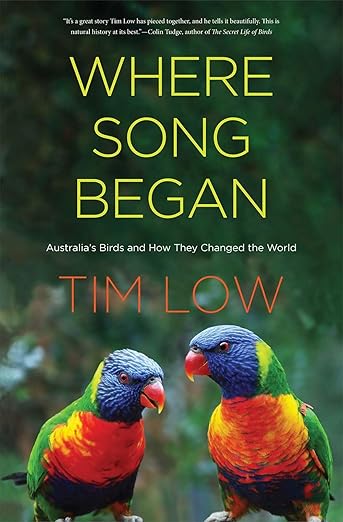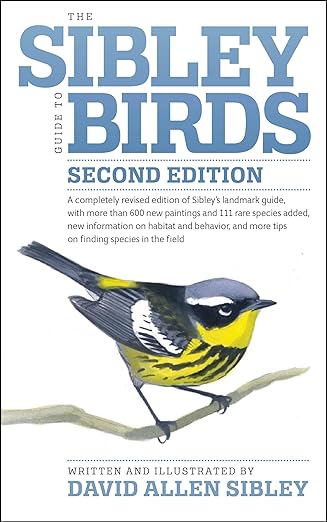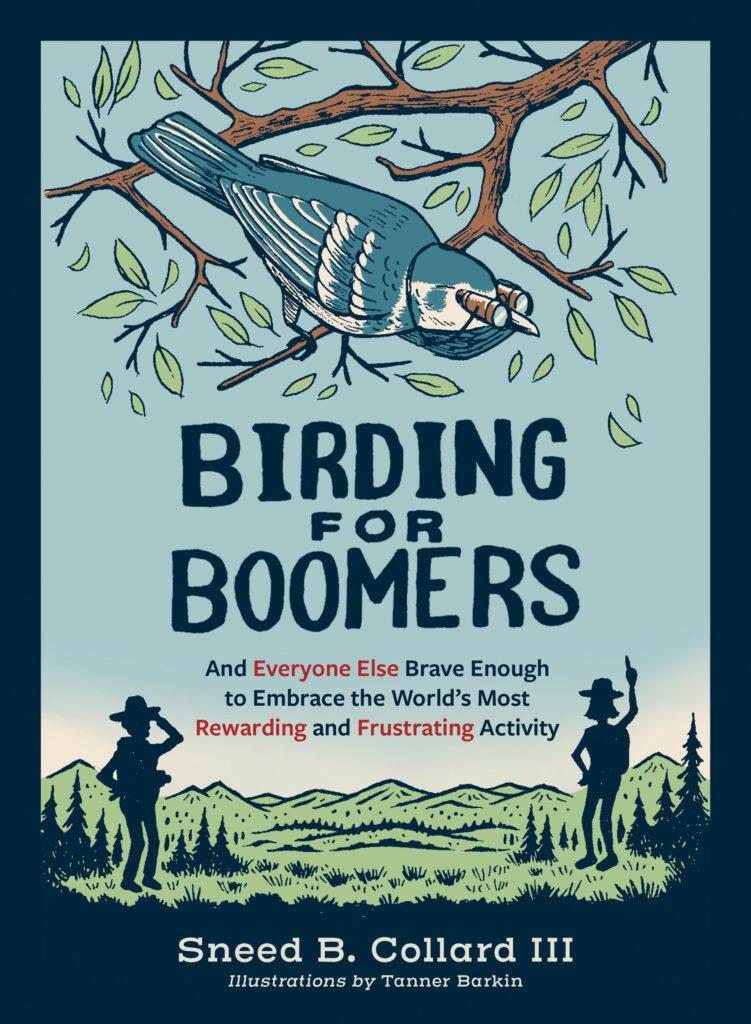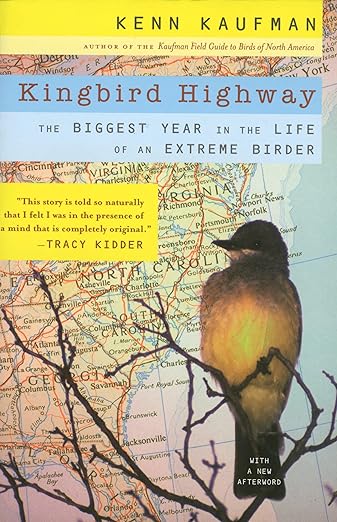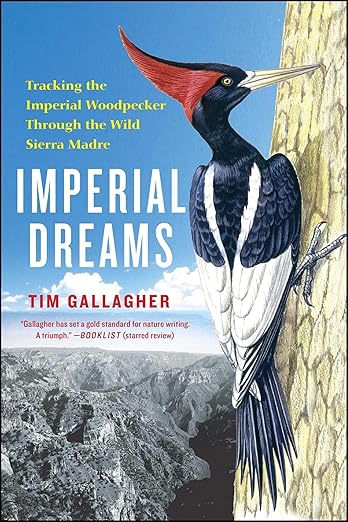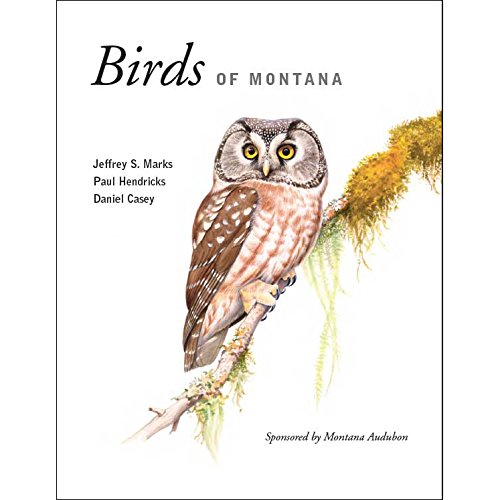To Order, Click Here: https://press.princeton.edu/books/paperback/9780691244761/habitats-of-africa
I’m excited to be heading off to Texas in a few days, to promote my book Birding for Boomers, but also to squeeze in a few days of birding. Before I go, I want to share an exciting new book that will interest anyone who has ever dreamed about visiting Africa. Braden loved a previous book, Habitats of the World, by two of the co-authors, and this follow-up is also full of fascinating facts and insights. Oh, and in case you missed it, you’ll want to read last week’s outstanding guest post by Roger Kohn, “Cock-of-the-Rock Extravaganza—with Video!” Enjoy!
When I first opened my review copy of Habitats of Africa, I thought, “How on earth did the authors put together such a comprehensive guide to such a vast and ecologically diverse continent?” I next wondered how, as a reader, I might possibly absorb the immense amount of information packed into this handsome volume. The answer to the first question is that all three authors have worked as professional nature guides, with extensive experience in Africa. As for the second? I could only answer that by diving in.
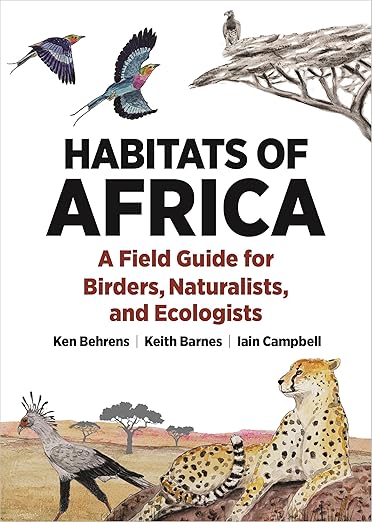
The table of contents reveals that Habitats of Africa covers an astonishing seventy-plus different habitats, and honestly, that alone could be overwhelming to the beginning reader. The TOC, though, also provides good clues for how the book is arranged and is therefore worth a few moments of time.
Habitats are organized under a dozen headings, ranging from “Deserts and Arid Lands” and “Warm Humid Broadleaf Forests” to “Savannas” and “Saline Habitats.” The first habitat I read was the Maghreb fir and cedar forest, one of four habitats listed under the “Conifers” heading. I probably started with this one because I don’t usually think about conifer forests growing in Africa. They do, of course, but their ranges are extremely limited, and I wanted to know more about them.
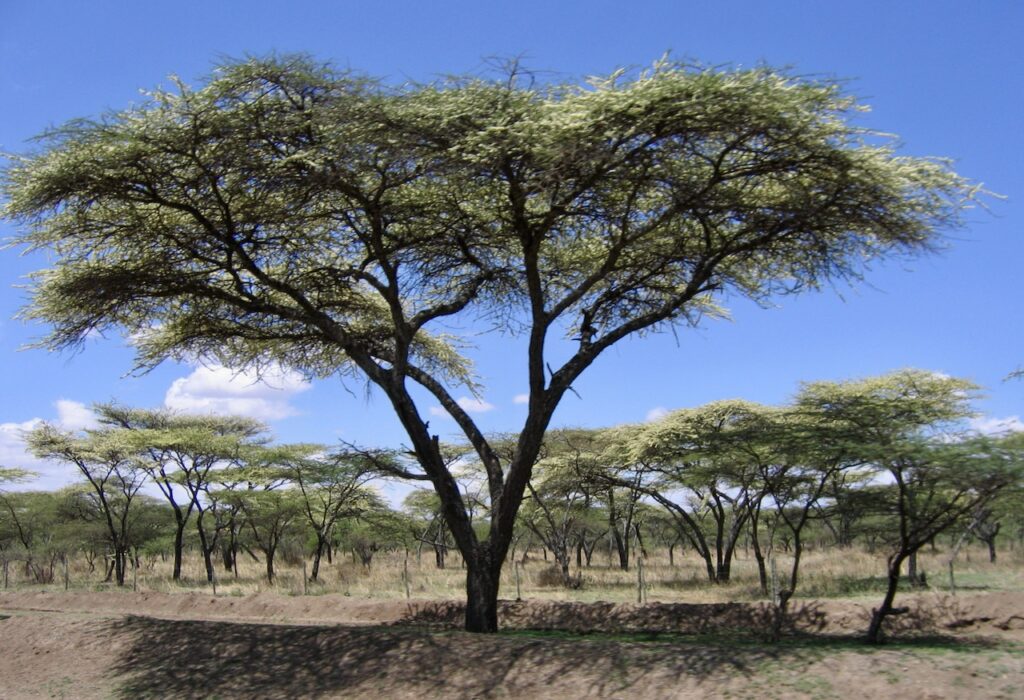
The listing began with a nice map of where these forests can be found, and then followed with a concise but revealing description of the forest itself. Surprising phrases kept leaping out at me: “Atlas Cedar”, “clusters of oaks”, “winter snowpack”. I mean, where was I, anyway? This sounded more like California than Africa. One of the nice things about the book, however, is that it lists similar forest types found elsewhere in Africa and around the world—including the pinyon-juniper woodland of western North America.
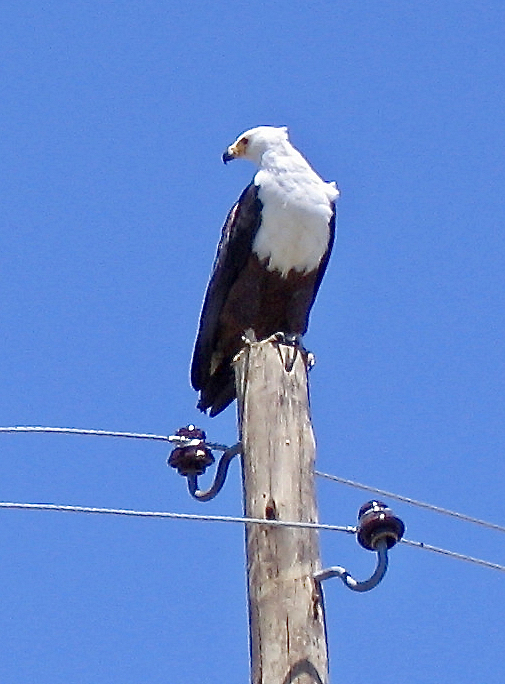
After the description, the authors include accounts of a habitat’s conservation status, the particular wildlife that can be found there; and its distribution—including specific places to see it. I found the wildlife sections especially well-done because the authors focused on endemic and other high-interest species while not overloading the reader with information. As a birder, for instance, I discovered that the avifauna of the Maghreb fir and cedar forest shares similarities to what I have observed in the Levant and southern Europe (see posts “Winter Birding in Israel, Part II: Valley of the Cranes” and “Birding Barcelona, Part 1: The Urban Core”)—but that there are also different species such as the Levaillant’s Woodpecker and Atlas Flycatcher.
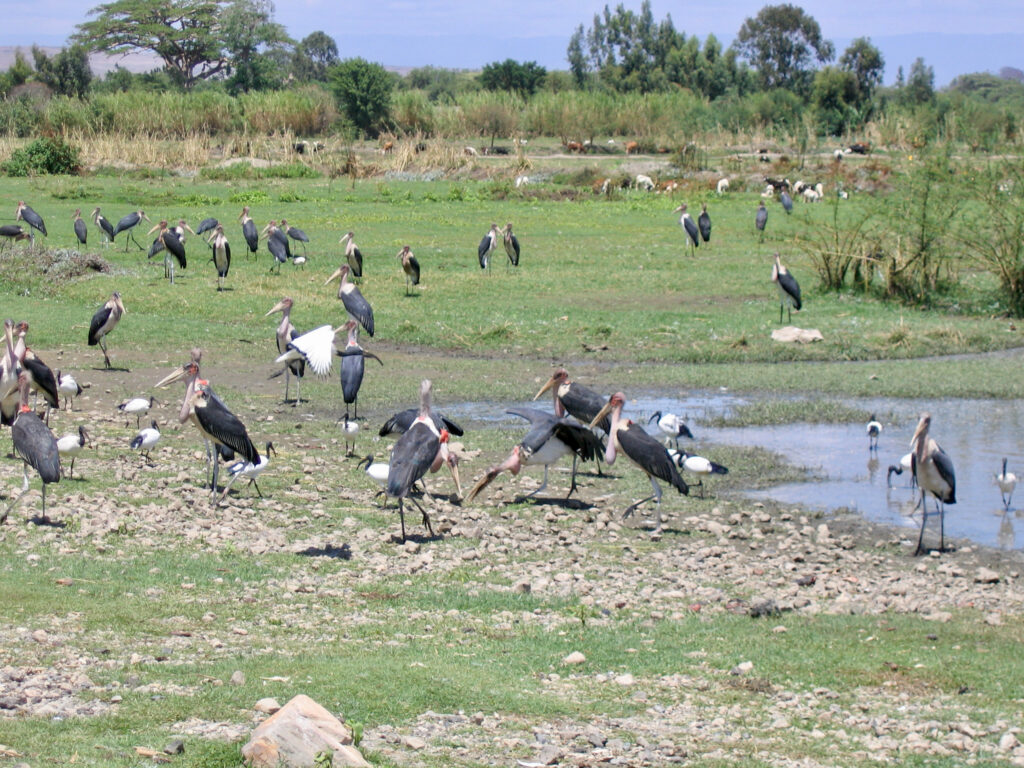
There’s no getting around that the conservation status for most of the habitats is alarming. It’s hard to find a habitat in which humans haven’t made a major impact, especially given Africa’s rapidly-growing human population. In fact, the book includes eight habitats under its “Anthropogenic” heading—those with little of their original ecosystems intact. Although depressing on one hand, this conservation information provides a good picture of what is going on in the continent—trends that are distressingly similar to those experienced in many of the world’s other places, including North America. I also found it interesting to read why some habitats appear to be faring better than others. For instance, of southern Africa’s succulent karoo habitat—a habitat I’d never heard of—the authors write, “With limited agricultural potential and not much grass, the land in this biome is not highly sought after for human activity, but there has beeen significant sheep grazing and subsequent erosion.”
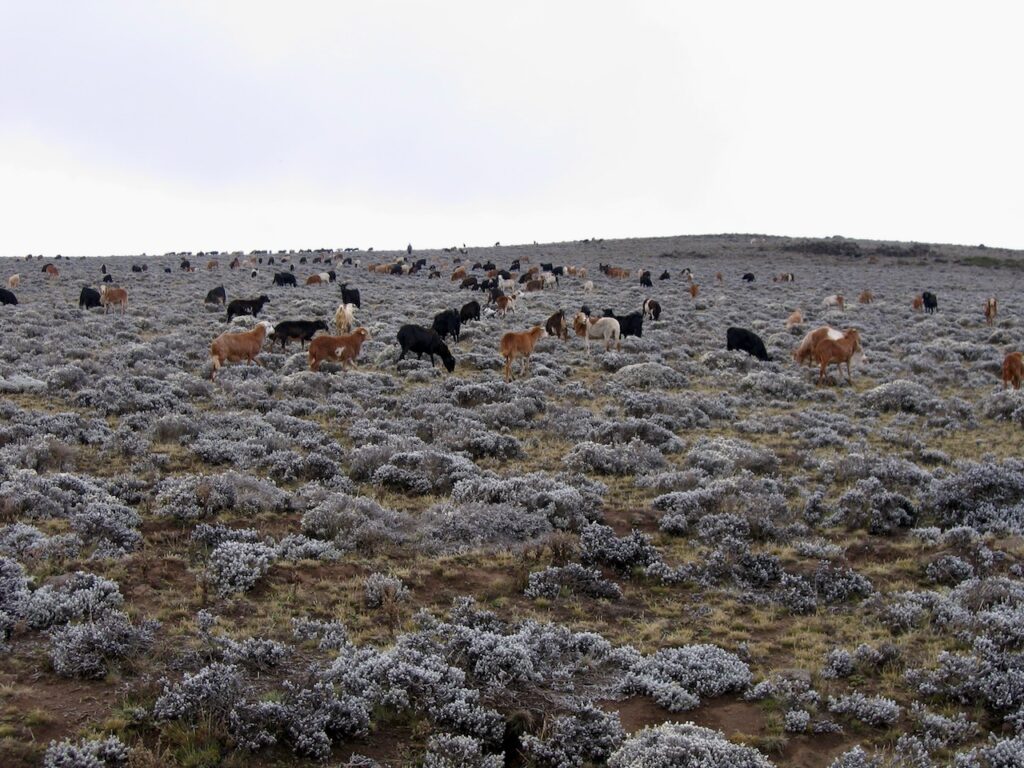
The problem with reading about one habitat, however, is that it immediately made me curious to learn about others. The Maghreb fir and cedar forest discussion, for instance, mentioned that the forest peters out on the southern mountain slopes draining into the Sahara. “But what’s the Sahara really like?” I wondered, so I soon found myself reading up on one of the world’s most inhospitable places, the Saharan reg desert. This is a place that often receives less than one inch of rainfall each year—and where places can go years without seeing a drop. Yet, life persists here. Although much of the large megafauna has been hunted out, fascinating animals such as sand cats and fennec foxes survive, along with an incredible collection of small mammals and reptiles. This is a good place to mention that the book is filled with outstanding photos of the habitats and their various life forms, and in this chapter a photo of Cream-colored Courser caught my eye. Why? Because it looked almost identical to the Mountain Plovers we have in the arid West!
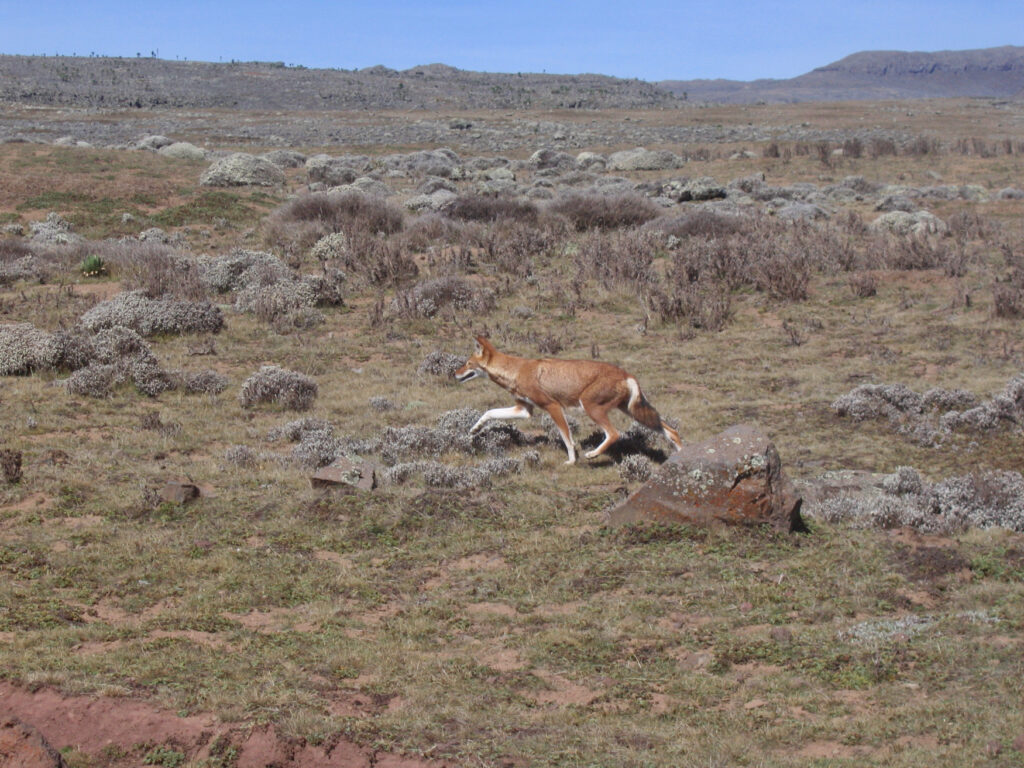
That said, one thing the book showed me is that, although similarities can be found between African and other world habitats, many of the ecosystems in Africa are unique—especially if you compare them to North America. And that can have a strange impact on a reader.
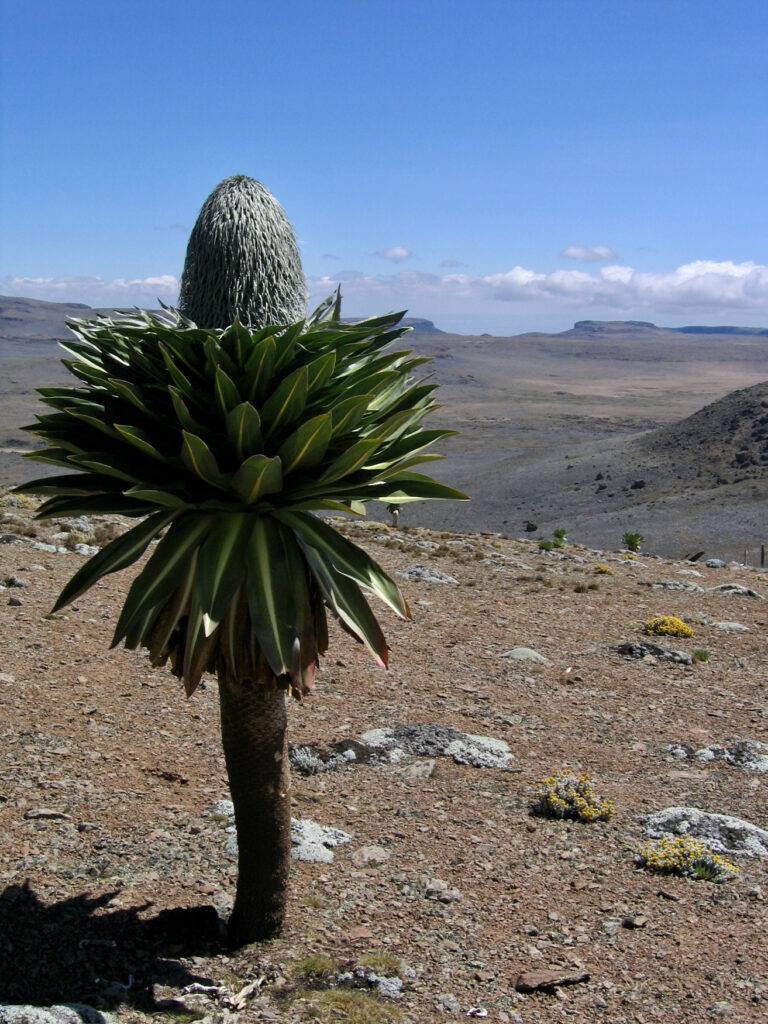
I have only ever been to Africa once, during a school visit to Ethiopia in 2005. What’s more, I thought it unlikely I would ever have a chance to visit again. As I read through Habitats of Africa, however, I kept thinking, “Oh, I want to see that,” and “I want to go there.” It doesn’t mean I will get to, but reading this book may be the next best thing. More than all of the nature documentaries I’ve watched, this volume has given me a plausible idea of the incredible diversity of places and nature that can be seen there. As a birder in particular, it’s also given me a much better idea of the birds that I especially would like to see. It’s a stretch to call the book casual reading, but for anyone interested in nature, or planning their own trip to Africa, it is a well worth your time. If I ever get a chance to return to Africa, you can bet that I’ll be spending even more time with this impressive publication.
Note: Along with the extensive photographs and distribution maps, Habitats of Africa includes a wealth of climate charts, profile sketches, and topical sidebars that enhance the reader’s understanding of each habitat.
One-Sentence Summary: An eye-opening crash course on the nature of perhaps the world’s least understood continent.
Overall Rating (on a scale of cool birds): Rüppell’s Griffon (highest)
You can order Habitats of Africa from your local independent bookstore, or directly from Princeton University Press. Please tell them we sent you!
(Except for the cover image, photos in this post are copyright Sneed B. Collard III. Review copy of Habitats of Africa provided by the publisher.)

